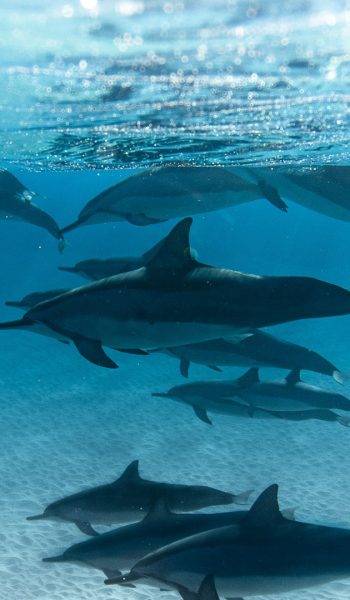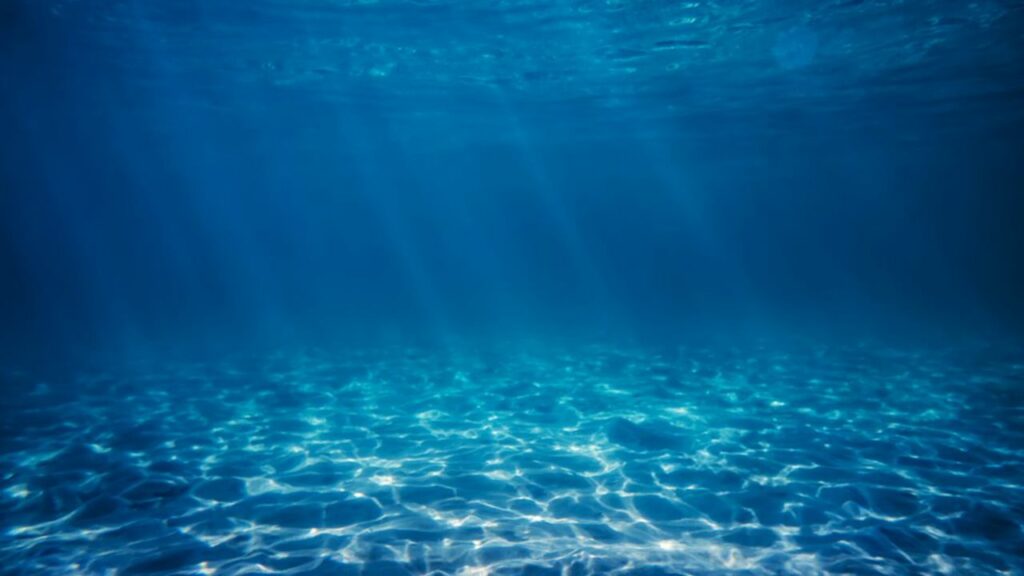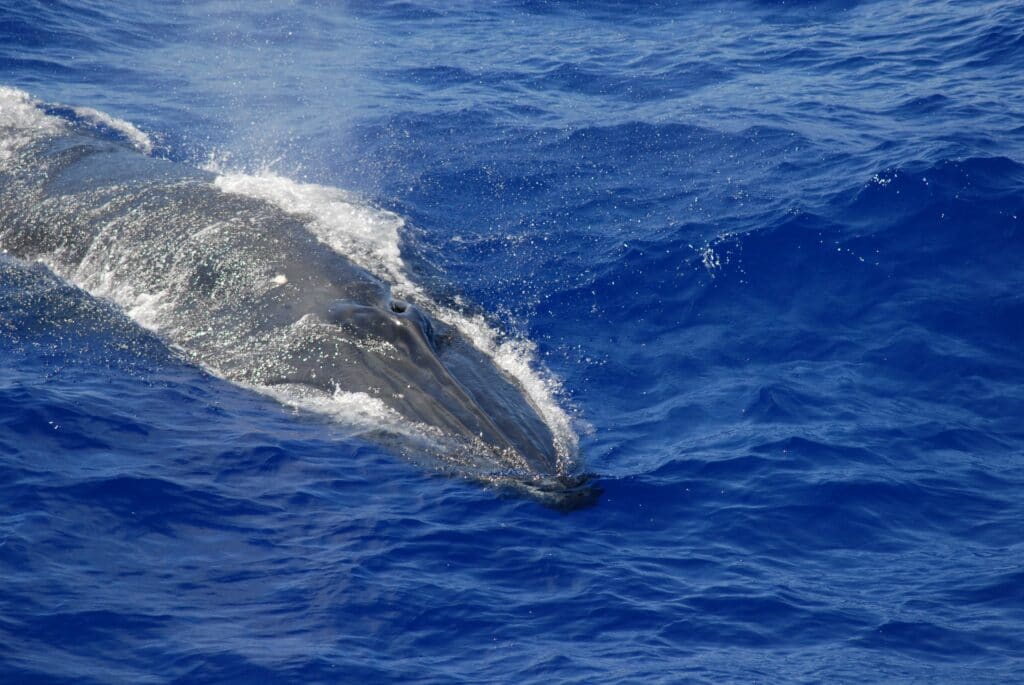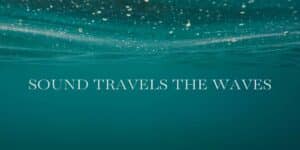Marine animals, especially marine mammals use sound to carry out activities like communication, navigation, migration, hunting, danger avoidance …— that are essential to their survival. Hence, the increasing underwater noise from all maritime-related industries has both short and long-term harms marine life. The sea transportation is particularly concerned, since more than 90 per cent of global trade are carried by ship, generating acoustic disturbances. Also, continuous noise on board vessels can affect human health. Therefore, all companies from the ocean freight sector have to comply with specific regulation.
What is the aim of setting a regulation of underwater noise (SEL) in ocean freight?
The United Nations has adopted regulations to preserve and protect the marine ecosystem under the Law of the Sea (UNCLOS). Part XII, article 194, invites all stakeholders to undertake any essential action to “necessary to prevent, reduce and control pollution of the marine environment from any source.”
Yet, underwater acoustic noises are a significant component of marine pollution. Hence, they are a significant threat to the marine ecosystem generally and specifically marine mammals who rely mostly on sounds for their daily lives. Shipping traffic is a prominent noise pollutant in the seas, especially in heavily trafficked lanes for ocean freight, and its impact is getting higher. Noise are emitted by vessels of all types : merchant ships (cargo, fishing, passenger vessels, oil/chemical product tankers), recreational boats, tugs, barges. Sound sources are multiple (motors, propellers, sonar…) at a wide range of frequency bands.
The International Maritime Organization (IMO) exposed the matter first in 2004 and the Marine Environment Protection Committee (MEPC) followed that step by commencing talks with scholars around destructive impacts of underwater noise to the overall marine environment. By environment, every alive species like fishes, whales, invertebrates or some small particles in motion under the sea are included.
Your environmental monitoring at your fingertips!
Optimize your environmental monitoring, become smarter and more sustainable with a unified system that gathers all your environmental sensors & data in one place.

During their travels, ships are bound to cross multiple countries sea borders thus the intensive follow-up of underwater noise forms and the sound exposure level thrown out to the environment necessitate a harmonized international riposte.
The 58th session of MEPC on October 2008 officially accepted to include the topic of “Noise from commercial shipping and its adverse impacts on marine life” into their next yearly agenda. Streamlined with that effort, IMO acknowledged in 2014 that underwater noise created by the shipping business was an issue.
In December 2011, the Technical Subgroup on Underwater Noise and other forms of Energy (TSG Noise) was asked to provide monitoring guidance for underwater noise. The document is used by Marine Directors in European Union (EU) Member States to establish monitoring schemes in their waters, according to the Marine Strategy Framework Directive.
The deep involvement of the Maritime Safety Committee (MSC) about shipping noises and their ignited background noise levels is appealing every actor to take on the challenge to make the whole shipping business more sustainable. Though the earlier goals of 1980s were about sound affecting humans aboard vessels, the monitoring of the same means monitoring to the whole natural undersea ecosystem.
What are the applicable rules regarding Particularly Sensitive Sea Areas?
Not all the sea areas have similar sensitivity due to the variance in their ecological resources, scientific interests or socio-economic statuses. As such, a Particularly Sensitive Sea Areas (PSSAs) denomination has been established through a guideline from IMO 2001 Resolution A.927 (22). Per se, a PSSA requires special measures not to damage the vulnerable environment living within its frontier for example migratory routes or breeding grounds for given species.
These guidelines point out noise as a form of harming pollutant released by vessels in operation. They indicate as well distinct discharge limitations, the change of ships routing including documentation about specified zones to be avoided and supplementary measures intended to shield precise sea areas from shipping business harmful consequences.
Six places have been elected as PSSAs: Columbia’s Malpelo Island, Australia’s Great Barrier Reef, Cuba’s Sabana-Camagüey Archipelago, Peru’s Paracas National Reserve, United States’s Florida Keys and the shared Wadden Sea in the North Sea which has been chosen altogether by Germany, the Netherlands and Denmark.

What is the content of the London Convention and Protocol?
Apart from noise levels and related pressure, waste dumping and dredging activities are also among the source of anthropogenic noise and pollution for seas. The London Convention and Protocol has discussed the noise created by these activities and thus shaped related treaties.
Due to the specificities of that onshore activity which birth underwater sound, the World Dredging Association (WODA)’s concern and support has been proved by the submission of their technical guidance to the scientific teams involved with the London Convention and Protocol. The papers enhanced how to manage the impacts of underwater sounds resulting from dredging activities and is aimed at all the surrounding stakeholders.
What are the rules regarding on board noise?
Crew members and passengers aboard ships encounter various noises throughout their journey, which may affect them health-wise. In 2012, in an effort to protect the later, the IMO approved the regulation of SOLAS (Convention for the Safety Of Life at Sea), which entails vessels design and aims at reducing on-board noises. Mandatory ambient noise level limits are fixed in substantial human activities areas like control rooms, workshops, machinery spaces, accommodation, etc.
In addition, there are regulations from the International Labor Organization’s Maritime Labour Convention of 2006, which require that ships respect and prevent any menace of exposure to hazardous levels of noises anywhere on board.
What is the future of regulation on underwater noise on shipping industry?

Various bodies, governments and shipping industries actors are conscious of the necessary coordinated actions to reduce the sound pressure levels onto maritime lives. Many guidelines have been adopted all over the years into that goal and the IMO unyielding efforts have led to the regular updates of the Code on Noise levels which controls the underwater noise levels.
Measuring noise levels of individual ship or a fleet of ships makes it possible to identify the nosiest vessels. Quietening them therefore contributes to reducing the overall amount of noise in the ocean. Ocean freight companies utilize passive acoustic monitoring data and an open-source automatic identification system (AIS) database to measure the associated source levels. Two main indicators are used to assess sound exposure from shipping: the Sound Exposure Level (SEL) and the Sound Pressure Level (SPL).
However, it has been illustrated that there are gaps to be filled. Actual combined knowledge obtained from several sources are not enough to establish methodically what future targets shall be adopted and what actions must be taken in order to align with them.
Indeed, harder research has to be conducted therefore the IMO Sub-Committee reviewing Ship Design and Construction during the MEPC of 2021 met again on a remote session in Jan 2022 to continue their assessment of the 2014 guideline sets. Their plan was to produce recommendations and next actions to be presented at the 2023 Marine Environment Protection Committee.
IMO has released a project bid in January 2022 to search funding for the GloNoise Partnership (“Global Partnership for Mitigation of Underwater Noise from Shipping or GloNoise Partnership”). The main goal of the project is to generate partnerships on a global scale between the various actors of the shipping business. This exercise has been launched by the Secretariat’s Department for Partnerships and Projects (DPP) at IMO.
Various resources also provide insight on the adverse long-term effects of noise on marine animals, such as Google scholar, the Marine Pollution Bulletin (Mar Pollut Bull), or the free search engine Pubmed dedicated to medicine and biomedical journal literature. The Acoustical Society of America (Acoust Soc) also publishes a monthly journal in order to share the knowledge of acoustics and its practical applications.
Conclusion about Underwater Noise Regulation
The global economy heavily relies on the sea transportation business to operate properly therefore it is near to impossible to annihilate noises created by these activities. However, the overall maneuver is likely to cause important damages to the marine environment, hence the specific needs of regulations and additional research to allow proper cohabitation between human activities and marine life forms.
In order to help the shipping industry’s stakeholders to comply with the regulation in force, Sinay has developed a dedicated module for noise assessment. This powerful tool is based on two complementary actions: highly sensitive sensors capture sounds and automatically transfer related data to a central dashboard; then, thanks to AI and machine learning, software processes the information and generates tailored reports. These easy-to-read and most valuable data hasten the decision-making process, relying on up-to-date, accurate data. The objective is to remain respectful of the rules in all circumstances.
Frequently Asked Questions About Sound Exposure Level Regulation
SEL= Sound Exposure Level. It refers to the potential effects of sounds made by humans and machines on the marine biodiversity.
It discuss about the different noise created by human activities and it promotes the effective control of all sources of marine pollution.
Sound exposure from shipping can be known thanks to the Sound Exposure Level (SEL) and the Sound Pressure Level (SPL).
90% of global trade is carried by ships, the acoustics disturbances are enormous.
All this noise pollution is very damaging to marine biodiversity and animals. Especially for marine mammals that use sound to communicate, navigate, migrate, hunt, danger avoidance and more.





